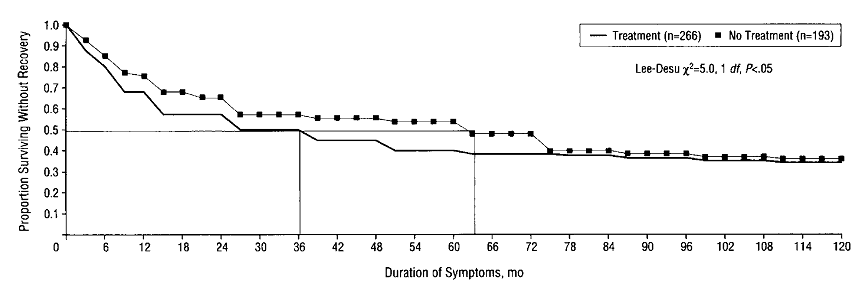I previously explained Bell’s Theorem, which is a “no go” theorem of quantum mechanics. In brief, Bell’s Theorem proved in 1964 that any hidden variable interpretation of quantum mechanics must be nonlocal.
Of course, you may be thinking, maybe the world just is nonlocal, and that hidden information is being passed around faster than light. Unfortunately, there’s another major theorem which makes hidden variable theories even more unpalatable. In 1966-1967, the Kochen-Specker Theorem proved that any hidden variable interpretation must be contextual.
To understand the meaning of “contextual”, suppose we have a quantum cat, and the cat has many possible states. It could be awake or asleep. It could be happy or unhappy. Or the cat could be none of those things because it is dead. Now suppose there are two possible measurements, which answer the following questions:
(1) Is the cat awake, asleep, or dead?
(2) Is the cat happy, unhappy, or dead?
This is a quantum cat, so you can only choose one of the two measurements. However, even if you can’t make both measurements experimentally, you might reasonably expect that the outcomes of the two measurements are related to each other. Specifically, if measurement (1) would find a dead cat, then so would measurement (2), and vice versa. This assumption is called non-contextuality. This cannot be true of hidden variable interpretations of quantum mechanics! Such theories must be contextual.
 Fig. 1: Cat of ambiguous state. Credit: Visentico / Sento
Fig. 1: Cat of ambiguous state. Credit: Visentico / Sento

